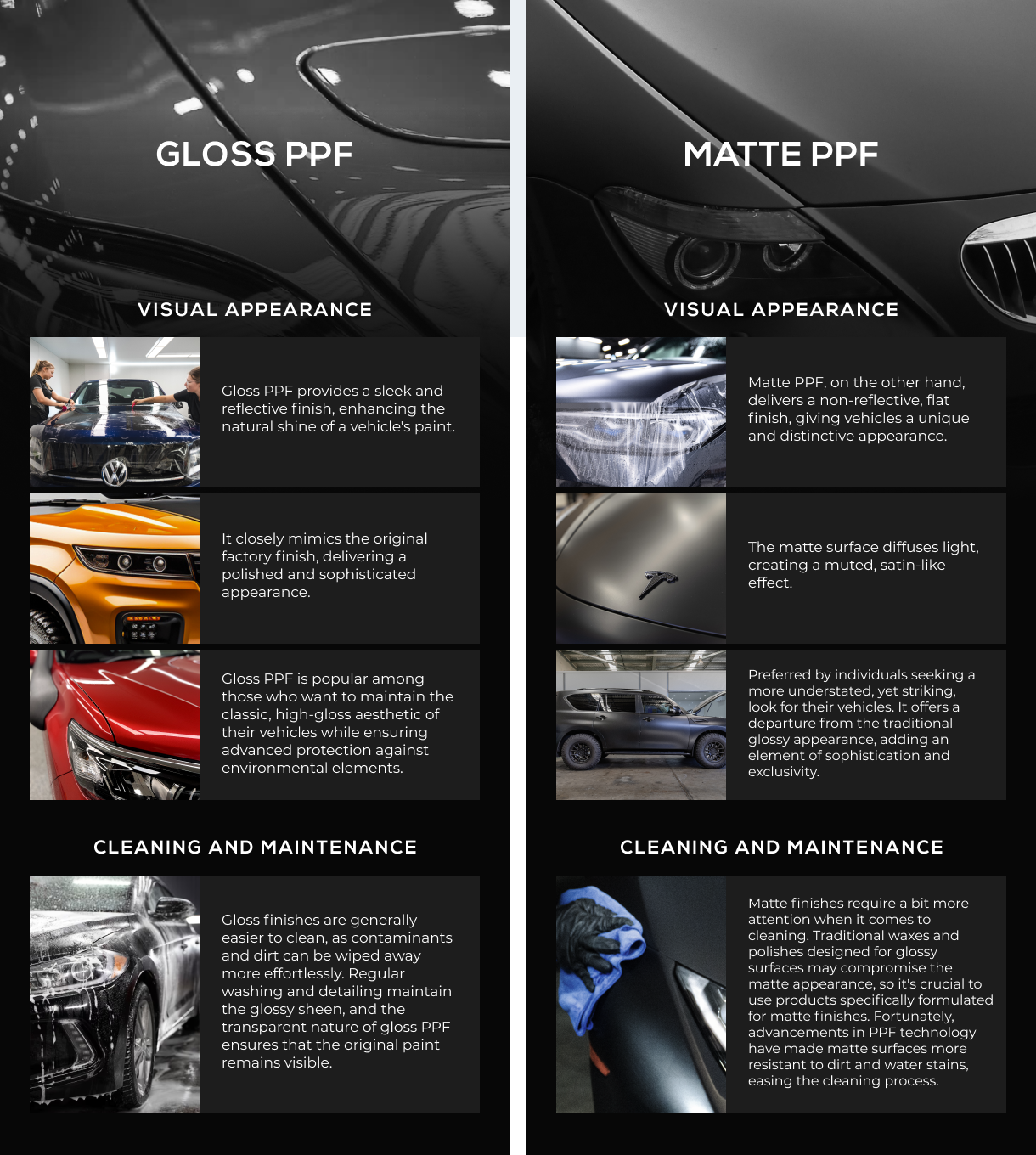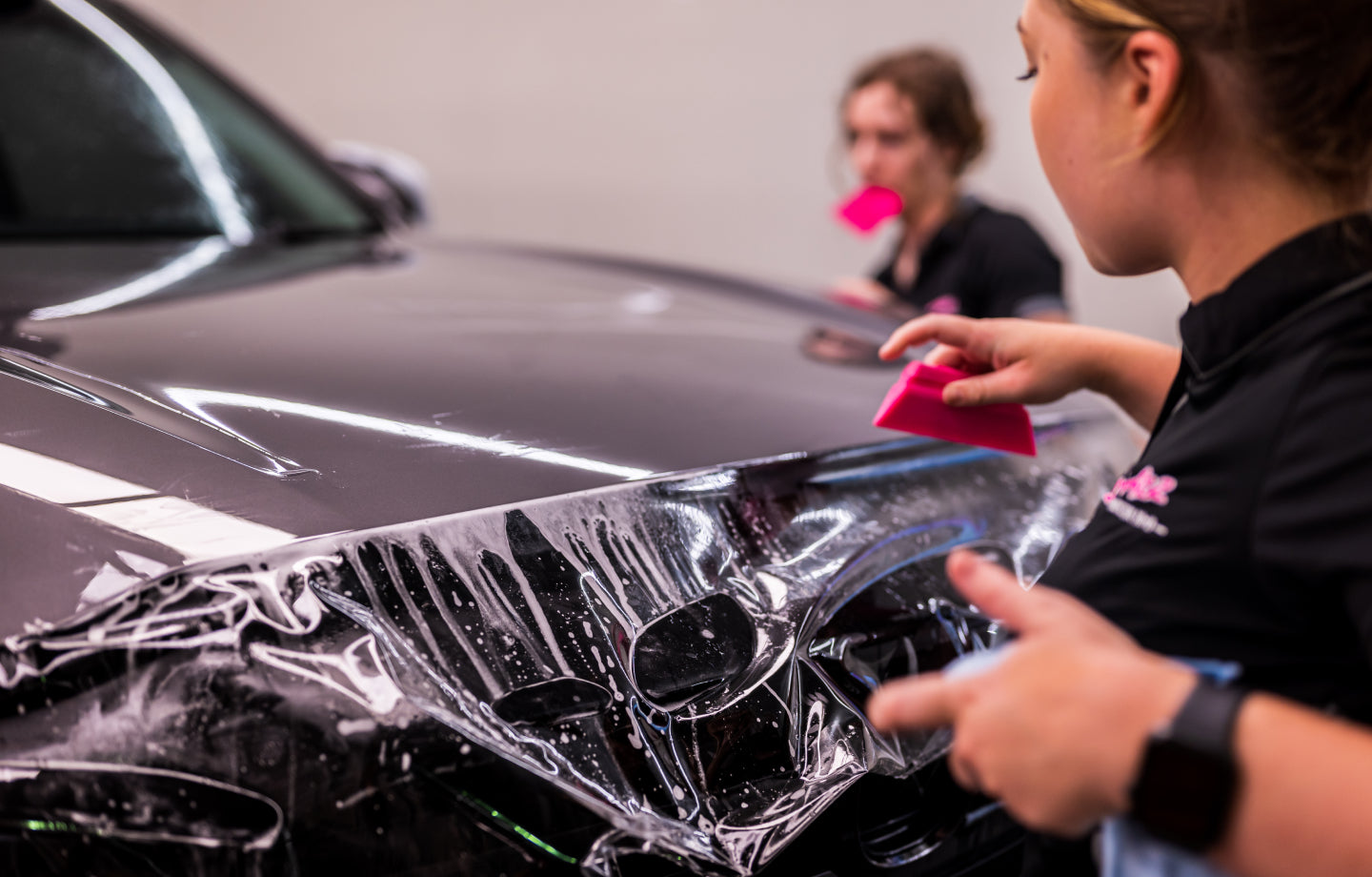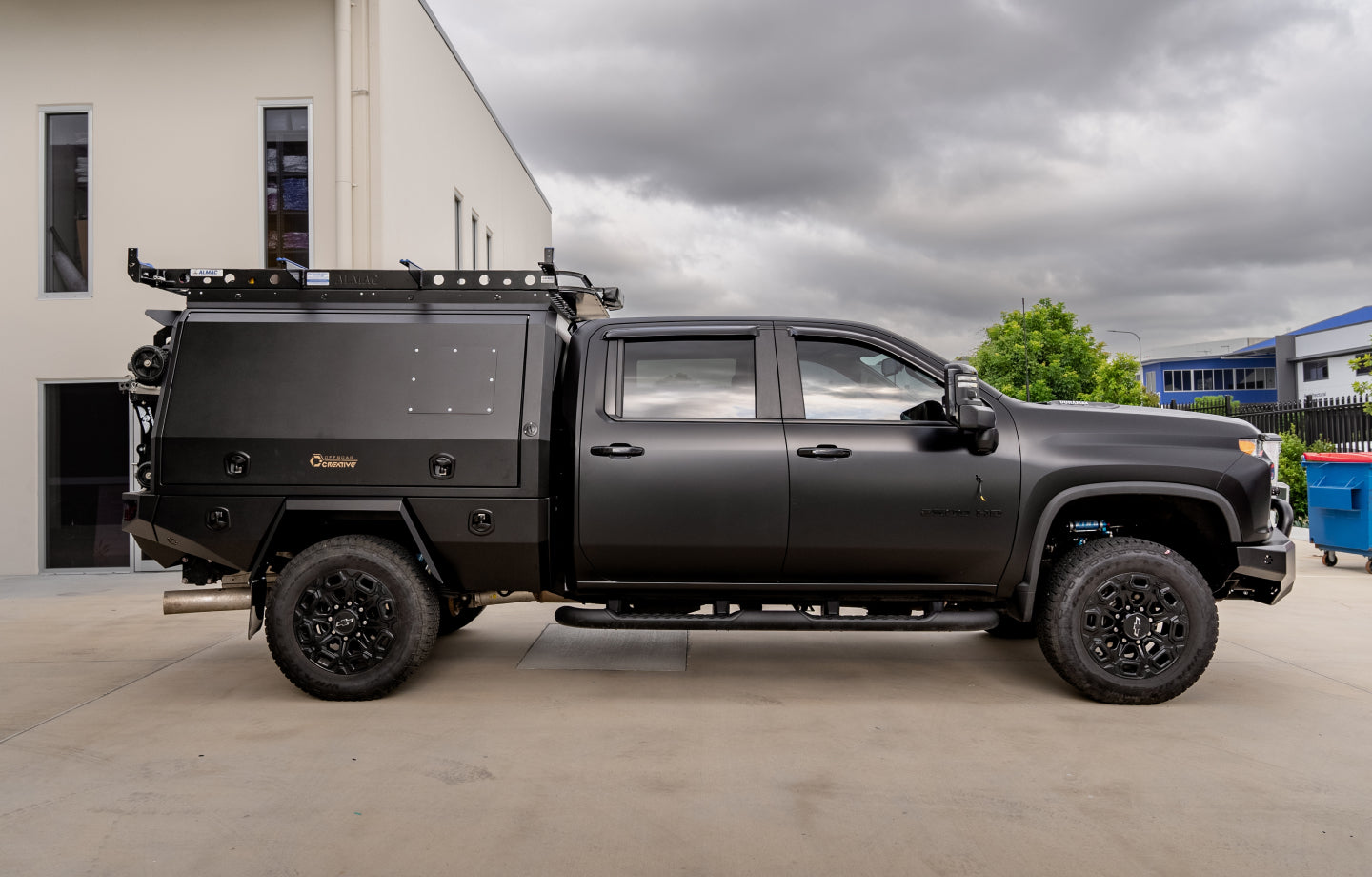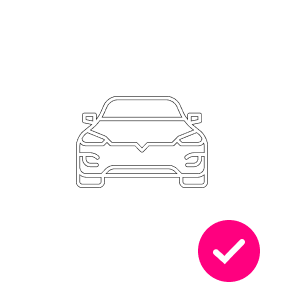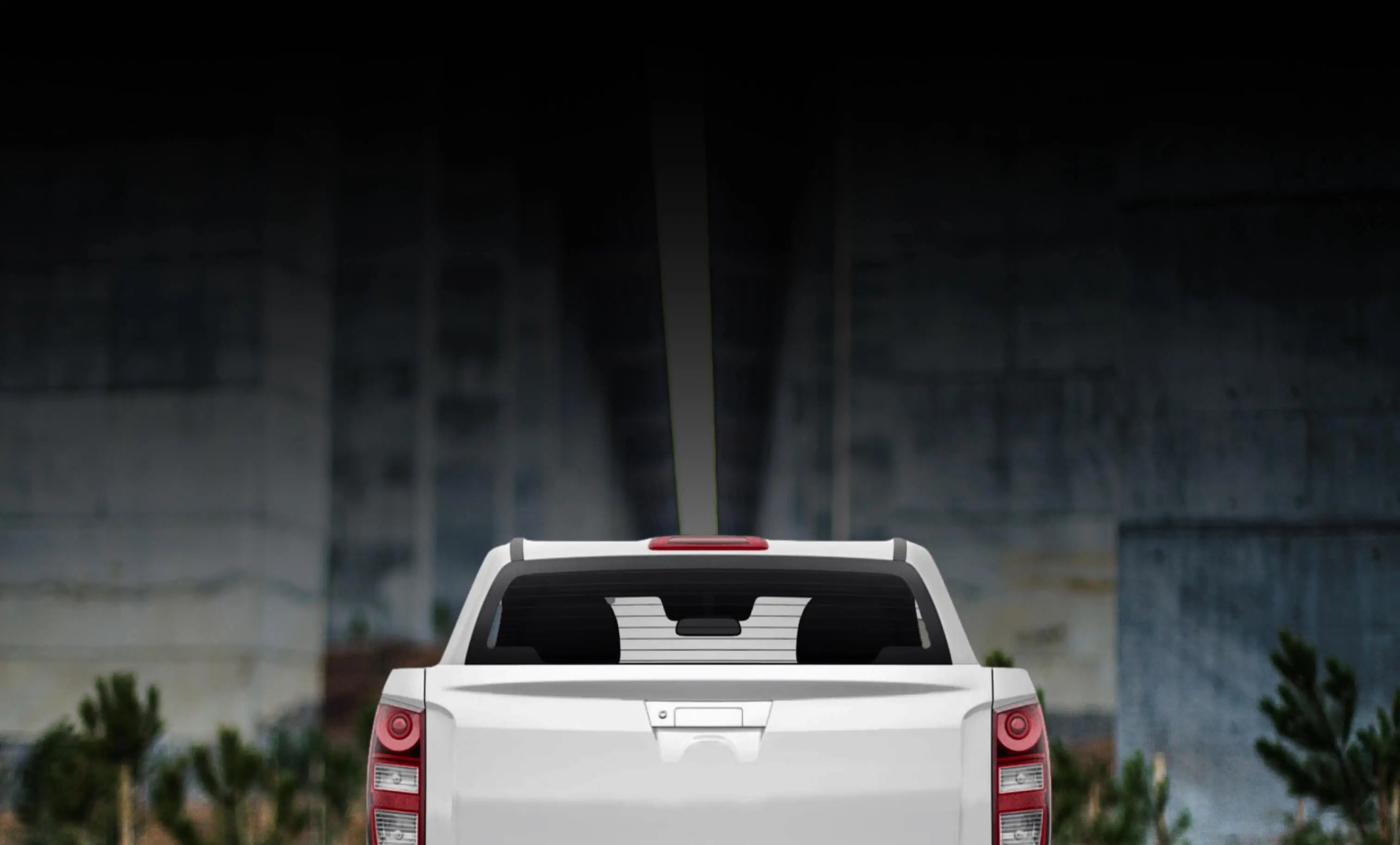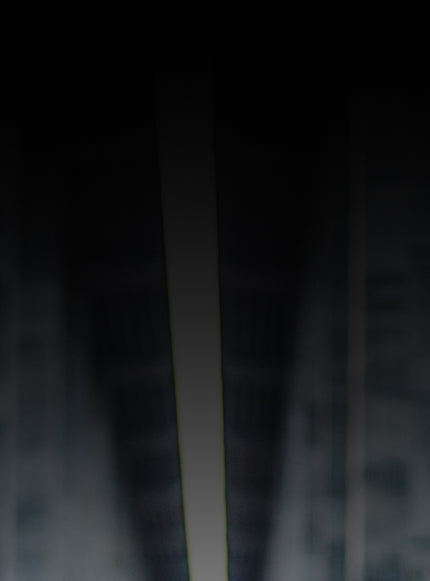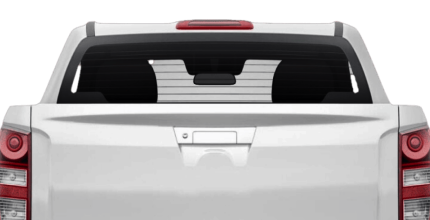In the dynamic world of automotive care, enthusiasts and owners alike are faced with a plethora of options to safeguard their prized possessions. Two popular choices that often stand out are ceramic coating and paint protection film (PPF). These solutions share the common goal of shielding your vehicle's exterior from the harsh elements, but they employ distinct approaches to achieve this. In this comprehensive exploration, we delve into the nuances of ceramic coatings and PPF, shedding light on their compositions, application processes, durability, and overall effectiveness.
Ceramic Coating
Ceramic coatings, often comprised of silicon dioxide (SiO2) or titanium dioxide (TiO2), represent a cutting-edge technology in automotive protection. These coatings form a molecular bond with the factory paint, creating a thin, transparent layer that acts as a barrier between the vehicle's surface and environmental contaminants. The hydrophobic nature of ceramic coatings ensures that water, dirt, and other contaminants slide off easily, reducing the potential for damage and facilitating easier cleaning.
Application of ceramic coatings involves meticulous preparation, including paint correction to address existing imperfections, ensuring a flawless foundation for the coating. Professional application is often recommended to achieve optimal results, as the process demands expertise. While ceramic coatings are renowned for enhancing the vehicle's gloss and depth of color, it's crucial to note that they primarily protect against environmental contaminants and UV rays, offering limited defense against physical impacts or rock chips.
Paint Protection Film
On the other end of the spectrum, paint protection film (PPF), also known as clear bra or clear film, offers a more physical and robust shield for your vehicle's exterior. PPF is a thermoplastic urethane film that is precisely cut and applied to the painted surfaces, creating an additional physical layer of protection. This transparent film is designed to absorb and disperse the impact energy from road debris, stones, and other projectiles, preventing them from reaching and damaging the underlying paint.
PPF excels in providing thick physical protection, acting as a true barrier against rock chips, bug splatter, bird droppings, and harsh weather conditions. Its self-healing properties, where minor scratches and swirls disappear over time with exposure to heat, make it an appealing choice for those seeking a low-maintenance protective solution.
The application process of PPF involves meticulous measurement and cutting, ensuring a precise fit for each panel of the vehicle. While some enthusiasts opt for DIY installations, professional installation is highly recommended to achieve seamless coverage and eliminate the risk of air bubbles or misalignment. PPF does not alter the appearance of the vehicle, maintaining its original finish, and can be removed without causing damage to the paint underneath.
Comparative Analysis: Ceramic Coating vs. Paint Protection Film
Choosing between ceramic coating and PPF ultimately boils down to individual preferences, priorities, and the intended use of the vehicle.
While ceramic coatings focus on molecular bonding and longevity, PPF takes a more physical approach, providing a shield against impacts and abrasions. Both solutions contribute to preserving the aesthetic appeal and resale value of a vehicle, and the decision ultimately hinges on the level of protection desired and the investment one is willing to make.
Ceramic coatings offer a durable, low-maintenance solution with a focus on preserving the paint's aesthetic qualities. They are ideal for those looking for easy maintenance, and those who understand that the ceramic coating will need a yearly top up.
On the other hand, PPF provides a robust, sacrificial barrier against the daily onslaught of road debris and performs best for off-roading. It excels in areas where ceramic coatings may fall short, such as impact and scratch resistance.